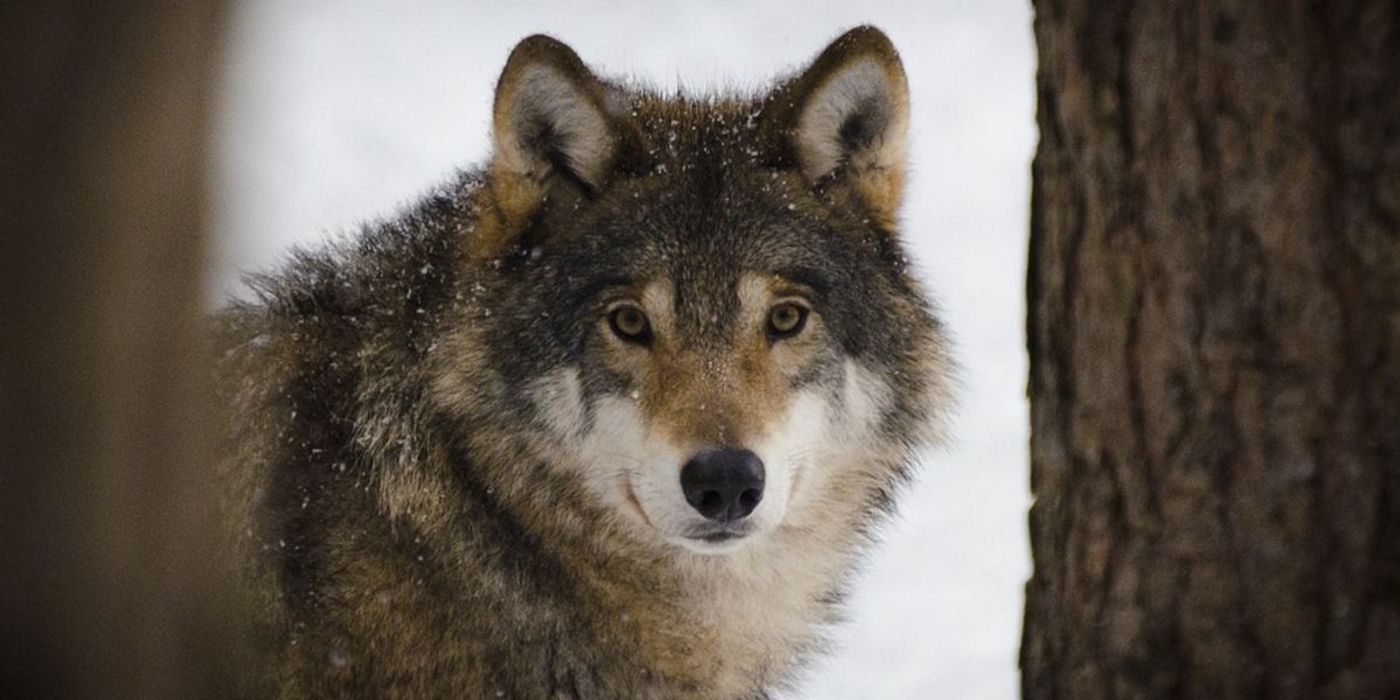The Genetic Reasons for Human-Dog Companionship
The companionship between dogs and humans is like no other. Known as ‘man’s best friend’, countless researchers have tried to unravel the reasons behind this uncanny connection. With traditional explanations attributable to socialization and selective breeding over time, there is also a genetic basis for the connection.
From sequencing a region of chromosome 6 in dogs, researchers found multiple sections of canine DNA linked to social behavior (vonHoldt: 2017). Significantly, they found unique genetic insertions known as transposons on the Williams-Beuren syndrome critical region (WBSCR) that were strongly linked to a tendency to seek out humans for physical contact, help and information (Makhijani: 2017).
Also present in humans, genes in the WBSCR are known to have a significant influence on human behavior as well. However, unlike in dogs, it is the deletion of certain genes in this region that causes Williams-Beuren syndrome, a congenital condition characterized by being extroverted, outgoing and sociable (Rogers: 2017).
The remarkable similarities in behavioral outputs from differences occurring in the WBSCR between these socially-inclined humans and those of domesticated dogs suggests that there are similarities between the genetic architecture of humans and dogs in forming social connections (Princeton University: 2017). They also may give an indication as to how wolves became domesticated.
To this end, the researchers compared the behavior and genomes of 18 domesticated dogs to those of 10 captive human-socialized wolves. As they had predicted, on average, the domesticated dogs displayed more sociable behavior towards humans than the wolves. On an individual basis however, some wolves were more sociable with humans in comparison to some dogs who were more aloof. However, when looking at the animals’ genomes, they found a higher correlation between the presence of certain transposons on the WBSCR and the friendliness of each animal, regardless of whether a dog or wolf (Rogers: 2017).
This means that, unlike previous findings that suggested the root of human-dog companionship to be in wolves’ abilities to identify gestures and voice, it may be that the first wolves who ventured to early settlements were instead selected for their tendency to seek human companionship.
Wolves with the highest genetic propensity towards this were then likely bred amongst each other, allowing the impact of these genes to become exaggerated. As the impact of these genes increased, so did their expression of human-like emotions. Of course, without a verbal language, developing mutually understandable facial and emotional cues would have also been key to mutual understanding and cooperation between humans and dogs.
For example, it has been suggested that originally, dogs tended to accept food from people whose faces were visible as opposed to those blindfolded so they would have been best able to understand the intentions behind the food they were receiving (Nagasawa: 2009). Likewise, given the special importance of visual cues for human bonding, over time dogs seem to have developed the ability to both understand and communicate by gaze. In fact, just as in humans, studies have found that certain eye contact between humans and dogs, although not wolves, increases both parties’ oxytocin levels, a hormone known to increase bonding (Diep: 2015).
To conclude, it seems that one of the key reasons for the strong relationship between humans and dogs lies in early dogs’ and wolves’ genetic inclination towards bonding with humans. The more this was exercised and deemed beneficial by both these early dogs, the more they adapted to become more intune with human communication methods to become the dogs we know today.
Sources
voHoldt, Bridgett M.: Science Advances
Makhijani, Pooja: Princeton University
Rogers, Nala: Inside Science
Princeton University, Science Daily
Nagasawa, Miho et al. : Japanese Psychological Research
Diep, Francie: Pacific Standard











